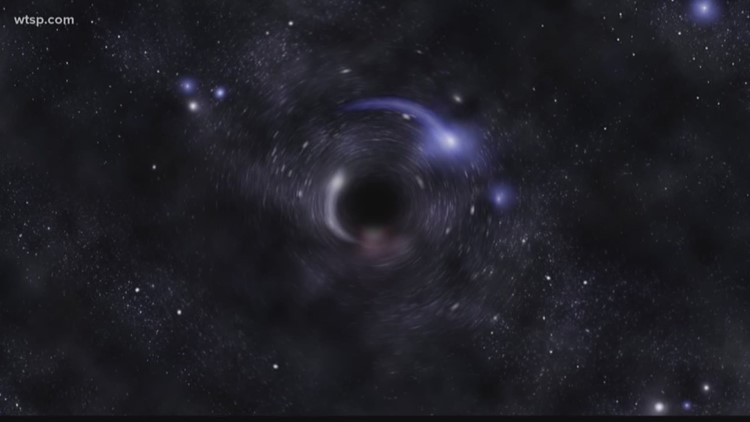The European Center for Nuclear Research's Large Hadron Collider began its third launch on Tuesday, switching on at hits highest energy level ever.
The LHC is the world's highest energy particle collider, and the goal of its launch is to unlock secrets about the universe through the discovery of dark matter.
It's a huge machine, Dr. Sarah Demers, a Yale University physics professor said. The particle collider sits about 328 feet underground and is 17 miles around.
Its job is to accelerate protons – subatomic particles with a positive electric charge.
The machine pushes the protons in an electric field, causing them to accelerate. It then uses a magnetic field to steer the particles in a circle, which allows the particles to accelerate for longer.
It moves these protons close to the speed of light and smashes them into other protons allowing researchers to study energy, particles and the interactions of these things, Dr. Demers said.
The faster the speed in the collision, the more energy that is created.
The more energy that is created, the more mass that can be produced. This allows for the creation of heavy, massive particles that haven't been around in nature since close to the "Big Bang," Dr. Demers said.
"The point of this is we want to understand the fundamental particles in the universe around us," she said. "What are the basic building blocks? What is matter? What are these particles, and how do they interact?"
Large detectors, that weigh as much as the Eiffel Tower and span the length of a football field, sit at the interaction points of these protons. They measure the energies of the particles and the directions they're going to try to figure out what kind of particles they are.
This allows researchers to reconstruct what happened inside the machine and "hunt" in the data that's produced.
The first thing Dr. Demers and her team look for is new information on things that have already been predicted.
"You know, some person who's trying to understand nature says, 'I think if we had this special new particle, it would explain why we see this about the universe,' we would then ask, okay, well, what would that particle look like if we were to produce that particle," Dr. Demers explained. "What would it look like in our detector? And we would go hunting for it."
The collider operates 24/7, and this launch will run for about four years. The collider and its detectors are as complex as they are massive.
"It's the biggest detector ever created to measure the smallest particles that we've found," Dr. Demers said.
This launch won't be the first time the LHC has unlocked secrets about the cosmos.
Ten years ago, scientists discovered the Higgs boson particle using the LHC.
So, what is this Higgs boson particle, also known as the "God particle?"
Well it's a fundamental particle in the Higgs field, a field that fills the entire universe and gives mass to all elementary particles. This field started out as a possibility, and the discovery of the Higgs boson at CERN gave proof to the field's existence.
The universe is shrouded in mystery, Dr. Demers said. There were so many questions about the existence of mass because everything around us has it. The Higgs boson offered an explanation to how mass works. It's an excitation of the Higgs field.
"You've got a calm body of water, and you hit the surface of the body of water, and you make a wave — that would be an excitation," she explained. "So that wave tells you the lake is there. The Higgs boson, if we make it, would tell us that the Higgs field is there."
Since 1964, scientists theorized about the existence of this particle, and 50 years later the LHC allowed them to find the evidence.
It's believed that without the formation of the Higgs field after the big bang, stars, planets and life would never have emerged. The Higgs boson particle was a huge discovery in fundamental physics.
The LHC ran again in 2018 and unlocked new information on the Higgs boson particle and the structure of protons.
The team at CERN is hoping to do the same with this launch — learn more about the Higgs particle as well as general exploration into protons.
"We're looking for miniature black holes," Dr. Demers said. "We're looking for extra dimensions. We're looking for gravitons, exotic new particles. Like you name it, and we're looking for it."
Demers started working with CERN and the LHC in 2006, and to see the start of its third launch is exciting.
She piled into the control room Tuesday with other scientists as it launched. She described the experience as emotional as they awaited the launch. Everyone was nervous because things can always go wrong, she said.
"I'm exhausted," she said. "It was really an exciting day and just what it represents — this jump to higher center of mass energy and starting a new run where we're going to collect all this data. It's just very exciting."



